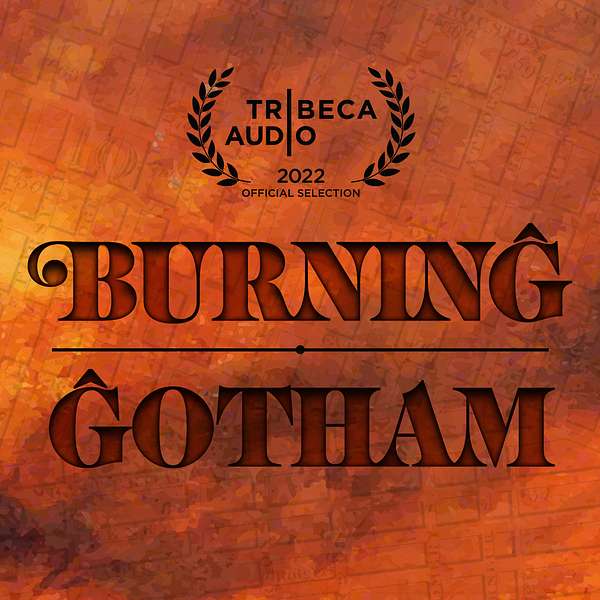
Burning Gotham
Burning Gotham
Burning Gotham Teaser 001: The New Audio Drama Set in 1835 New York City
COMING SOON
New York, 1835: A city at its tipping point.
It’s ten years since the completion of the Erie Canal. New York City’s population is now over 270,000. Most of these people live below Fourteenth Street in wooden or brick buildings no taller than five stories. The gap between rich and poor is rapidly expanding as each week thousands of new men and women pour onto New York’s dangerously overcrowded streets. Many come to earn an honest living.
Others for more nefarious reasons.
___________
As New York grows, widening old streets and creating new ones is paramount. It raises property value, but property taxes can only increase if the land is improved upon. Buyers are purchasing land on credit and selling to someone new before needing to pay back the original balance.
This artificial inflation is creating a very unstable economy.
___________
The city has no reliable source of drinking water. Although New Yorkers vote in favor of the Croton Aqueduct in April, construction is yet to begin. The aqueduct needs to be paid for. That same month, officials place a twenty-four hour guard in the cupola of City Hall to ring a large bell and hang a light in the direction of any fire. The potential for a cholera epidemic or a crippling blaze is a constant source of fear.
___________
These fears are stirred by the City’s penny papers, chiefly The Sun and The New York Herald, whose publishers Benjamin Day and James Gordon Bennett are battling for readership. In August, this battle leads to the greatest literary hoax of the nineteenth century—fooling both layman and scholar—portending the existence of intelligent life on the Moon.
___________
Even as he calls the hoax remarkable, Phineas T. Barnum is orchestrating one of his own. With the help of William Niblo, Barnum is set to display a woman named Joice Heth: Ms. Heth claims to be the one-hundred-sixty-one year-old nursemaid of George Washington. Remarkable indeed.
___________
New York is a powder keg. On the frigid, blustery night of December 16th, 1835, it finally explodes as the worst fire in city history sweeps through Manhattan. The East River is frozen solid. The undermanned and exhausted team of volunteer firefighters are no match. Everything south of Maiden Lane and east of Broad Street—the chief merchant district and the one with the highest property value—turns to ash.
The fire causes the modern equivalent of $500 million in damages. The official investigation finds it to have been caused by a leaky gas valve near a lit coal stove. No public blame is assigned.
But what if New York’s greatest fire was no accident?
___________
Coming soon to your favorite podcast app: Burning Gotham, the new audio drama about the fastest growing city in the world, and the opportunists who shaped it.